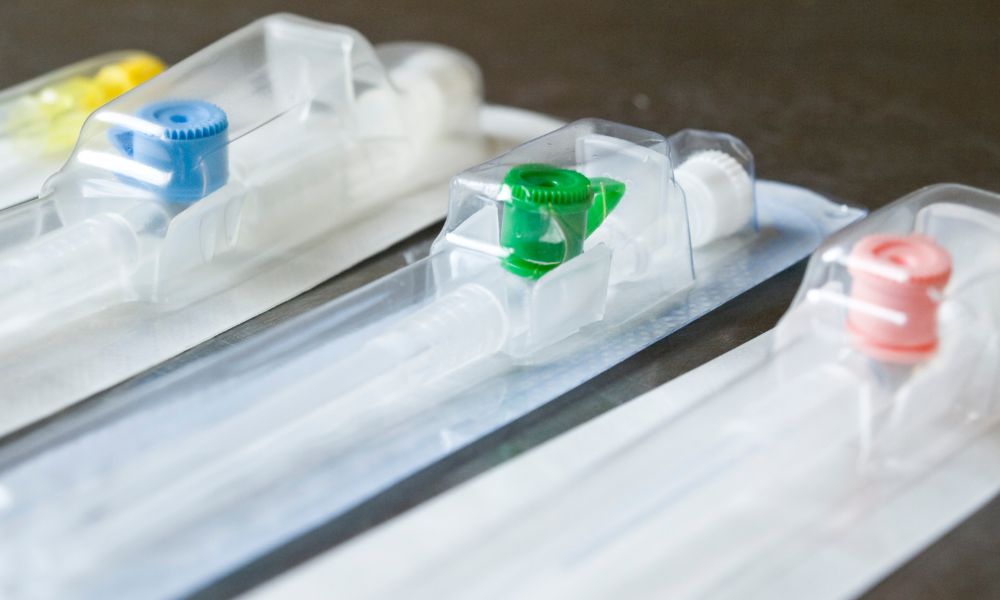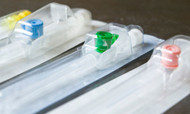5 Expert Tips To Reduce Catheter Discomfort
Posted by Jeanne Lowry on Jun 28th 2023

Dealing with urinary symptoms may seem challenging, but the right tools can make a significant difference in helping you manage them. While the types of products people use differ depending on personal preferences, catheters are a very popular choice.
However, if used incorrectly, catheters can be fairly uncomfortable. That’s why we’re here to share some expert tips that will help you reduce catheter discomfort. These tips will not only make the process smoother but will also ensure the safety of yourself and your catheter supplies.
Select the Right Catheter Size and Type
For a smooth experience, start by choosing the appropriate size and type of catheter for your individual needs. This is crucial for reducing discomfort and minimizing potential urinary complications. If you’re having trouble finding the right size, consult your healthcare professional for recommendations on the best fit for you.
Practice Proper Hygiene
Maintaining good hygiene before and after using your catheter is essential for reducing discomfort. Thoroughly wash your hands and the area around the catheter insertion site, if possible, with mild soap and warm water. Proper cleansing will not only help keep potential infections at bay but will also promote overall comfort during the catheterization process.
Lubricate the Catheter Properly
Using a water-based lubricant with your catheter is essential because it’ll help minimize friction during insertion, which helps reduce discomfort levels. Ensure that you evenly coat the entire catheter to enhance ease of use. Do not use oil-based lubricants, as they can damage certain catheter types and may be difficult to clean off. If you want to avoid this step, there are plenty of pre-lubricated and hydrophilic catheters available on the market.
Take Your Time
Another expert tip for you to keep in mind to reduce discomfort when inserting your catheter is to stay calm and take your time. Trying to rush the process can further increase discomfort and may cause anxiety or fear. If it helps, try to insert the catheter while you are in a comfortable and relaxed environment.
Consider Switching to External Catheters
If all else fails, some individuals might prefer switching to external catheters. These can significantly reduce discomfort since they don’t go inside the urethra. However, it’s important to ensure that the external catheter fits properly and is secured in place, as any movement or leakage can still cause discomfort.
Be sure to use other external catheter supplies in tandem with the external catheter itself for the best results. For example, you should use adhesive strips to keep the catheter secure, and make sure you change the adhesives regularly to reduce the possibility of skin irritation.

